What is Cast Iron Cookware?
Cast iron cookware is made by pouring molten iron into molds, resulting in extremely durable, versatile pots and pans. Unlike modern non-stick alternatives, cast iron doesn’t rely on chemical coatings—it naturally develops a non-stick surface through a process known as seasoning.
Brief History and Evolution
The use of cast iron for cooking dates back to the Han Dynasty in China (circa 220 A.D.). In the West, it gained popularity in the 18th and 19th centuries, especially with the introduction of cast iron Dutch ovens and skillets. Today, it enjoys a revival due to its longevity, rustic charm, and unmatched heat retention.
Types of Cast Iron Cookware
Skillets
Perhaps the most popular item, cast iron skillets come in various sizes and are perfect for frying, baking, and sautéing.
Dutch Ovens
These heavy-duty pots with lids are ideal for slow-cooking, braising, and baking bread. Enamel-coated versions add a splash of color and easier maintenance.
Griddles & Grill Pans
Flat and ridged designs are great for pancakes, steaks, and grilled vegetables, providing those signature sear marks.
Specialty Items
Includes cornbread pans, woks, fajita pans, and even cast iron muffin tins, perfect for enthusiasts who want to explore niche recipes.
Benefits of Cast Iron Cookware
Durability and Longevity
Cast iron can last decades, even generations, when cared for properly. Many families pass down cast iron cookware as heirlooms.
Heat Retention and Distribution
Cast iron heats evenly and holds temperature longer, making it ideal for searing meats or maintaining a consistent oven temperature for baking.
Versatility Across Cooking Surfaces
It works on gas, electric, induction, ovens, campfires—you name it. Some pans can even transition seamlessly from stovetop to oven.
Common Myths and Misconceptions
Is Cast Iron Hard to Maintain?
Not at all. With regular seasoning and basic cleaning, it’s easier than most people think.
Does It Leach Iron into Food?
Yes, but in trace amounts. In fact, this can be beneficial, especially for those with iron deficiencies.
Can It Be Used on Glass Stovetops?
Yes, but with caution. Dragging heavy cookware can scratch the surface. Always lift instead of sliding.
Seasoning Explained
What is Seasoning?
Seasoning is a polymerized layer of oil baked onto the surface of the pan. This creates a natural, non-stick surface and protects against rust.
How to Season Cast Iron
- Preheat your oven to 450°F.
- Rub a thin layer of oil (flaxseed or vegetable) onto the surface.
- Place upside down in the oven and bake for 1 hour.
- Let cool inside the oven.
How Often to Reseason
Anytime food starts sticking or the surface appears dull. Regular use and cleaning will naturally reinforce the seasoning.
Step-by-Step Guide to Using Cast Iron for the First Time
- Inspect the Pan: Ensure it’s clean and pre-seasoned if not doing it yourself.
- Rinse & Dry: Lightly rinse with warm water, dry immediately.
- Preheat Gently: Start on low to avoid cracking.
- Cook Your Meal: Use moderate oil to prevent sticking.
- Clean and Oil: Use hot water and a brush, dry, then lightly oil before storage.
Proper Cleaning and Maintenance
Daily Cleaning Techniques
- Avoid soap (though mild dish soap is fine occasionally).
- Use a brush or sponge.
- Never soak in water.
Rust Removal Tips
- Use steel wool to scrub off rust.
- Reseason after cleaning.
- Store in a dry area.
Storage Recommendations
Store in a cool, dry place with a paper towel between stacked pans to prevent scratching and moisture buildup.
Common Problems and How to Fix Them
Sticky Surface
Caused by too much oil during seasoning. Strip and reseason with less oil.
Rust and Discoloration
Common if not dried properly. Remove rust, dry thoroughly, and reseason.
Uneven Cooking
Due to warping or uneven seasoning. Use on flat surfaces and build up seasoning layers gradually.
Comparing Cast Iron to Other Cookware Materials
| Feature | Cast Iron | Stainless Steel | Non-Stick | Carbon Steel |
|---|---|---|---|---|
| Heat Retention | Excellent | Moderate | Poor | Good |
| Durability | Lifetime | High | Low | High |
| Non-Stick Surface | Develops Over Time | No | Chemical Coated | Develops Quickly |
| Oven Safe | Yes | Usually | Not Always | Yes |
Enamel-Coated vs. Bare Cast Iron
Pros and Cons
| Feature | Enamel-Coated | Bare Cast Iron |
|---|---|---|
| Maintenance | Easier | Requires Seasoning |
| Acidic Foods | Safe | Can Strip Seasoning |
| Appearance | Colorful/Glossy | Rustic |
Best Use Cases
Use enamel for soups, stews, and sauces. Bare cast iron excels at searing, frying, and baking.
Maintenance Differences
Enamel doesn’t need seasoning but can chip. Bare cast iron needs regular oiling but is nearly indestructible.
Cast Iron for Different Cooking Techniques
Baking
Perfect for cornbread, pies, and artisan bread due to even heat distribution.
Frying
High heat tolerance makes it ideal for frying chicken or potatoes.
Roasting
Oven-safe up to 500°F. Use for roasting meats and vegetables.
Searing
Creates a beautiful crust on meats thanks to its excellent heat retention.
Best Brands and Manufacturers
Lodge
Affordable, reliable, and widely available. A favorite for beginners.
Le Creuset
Premium enameled cast iron—expensive but offers top-tier performance and aesthetics.
Staub
Known for high-quality enamel and durability. Great for serious home chefs.
Budget-Friendly Alternatives
Brands like Utopia Kitchen and Cuisinel offer good performance at a lower cost.
Buying Guide: How to Choose the Right Cast Iron Cookware
- Size: 10-12 inches is ideal for most meals.
- Weight: Choose a pan that’s heavy enough for heat retention but manageable.
- Handles: Look for large, ergonomic handles for easier lifting.
- Pre-Seasoned vs. Unseasoned: Pre-seasoned is beginner-friendly, but unseasoned offers full control.
Cast Iron Accessories Worth Investing In
- Pan Scrapers: For removing stuck-on food without damaging the surface.
- Silicone Handle Covers: Prevent burns during stovetop use.
- Chainmail Scrubbers: Effective and safe cleaning option for seasoned surfaces.
Environmental and Health Impact
Sustainable Manufacturing
Cast iron is recyclable and often made from scrap metal, making it a greener choice.
Health Benefits of Iron Intake
Cooking in cast iron can slightly boost your dietary iron—particularly beneficial for those with low iron levels.
Non-Toxic Cooking
Unlike non-stick pans with potentially harmful coatings, cast iron offers a chemical-free cooking surface.
FAQs About Cast Iron Cookware
1. Can I use soap on cast iron?
Yes, occasionally. Mild dish soap won’t harm a well-seasoned pan.
2. Why is food sticking to my pan?
It may need more seasoning or preheating before adding food.
3. Can cast iron go in the dishwasher?
No. Dishwashers strip seasoning and can cause rust.
4. How do I remove rust from cast iron?
Use steel wool or vinegar soak, dry thoroughly, and reseason.
5. Is cast iron safe for all cooktops?
Yes, but be careful on glass tops to avoid scratches.
6. How often should I season my pan?
Depends on usage. Weekly for frequent users, monthly otherwise.
Conclusion: Why Every Kitchen Needs Cast Iron
Cast iron cookware blends tradition with practicality. Its longevity, health benefits, and unmatched versatility make it a must-have in any modern or rustic kitchen. Whether you’re a novice or a seasoned cook, investing in cast iron is a decision that pays off for generations.
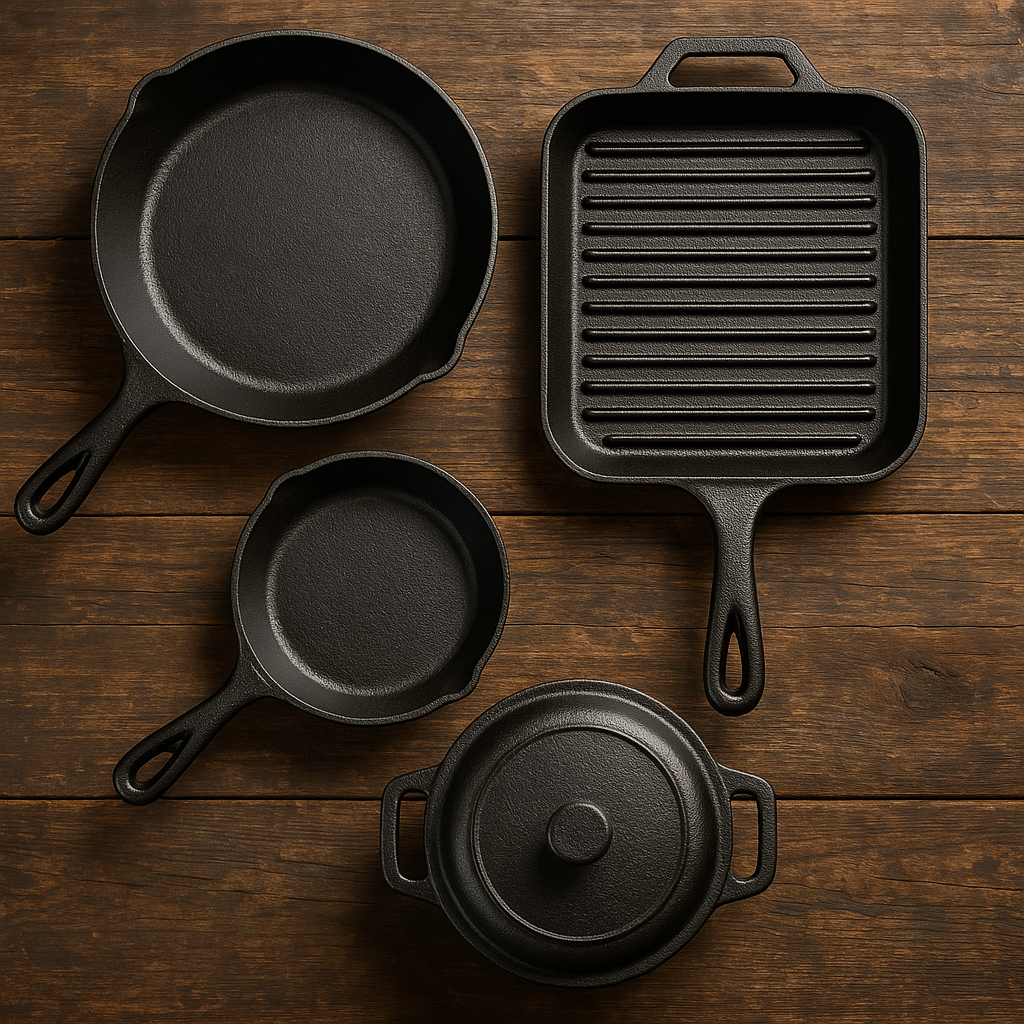

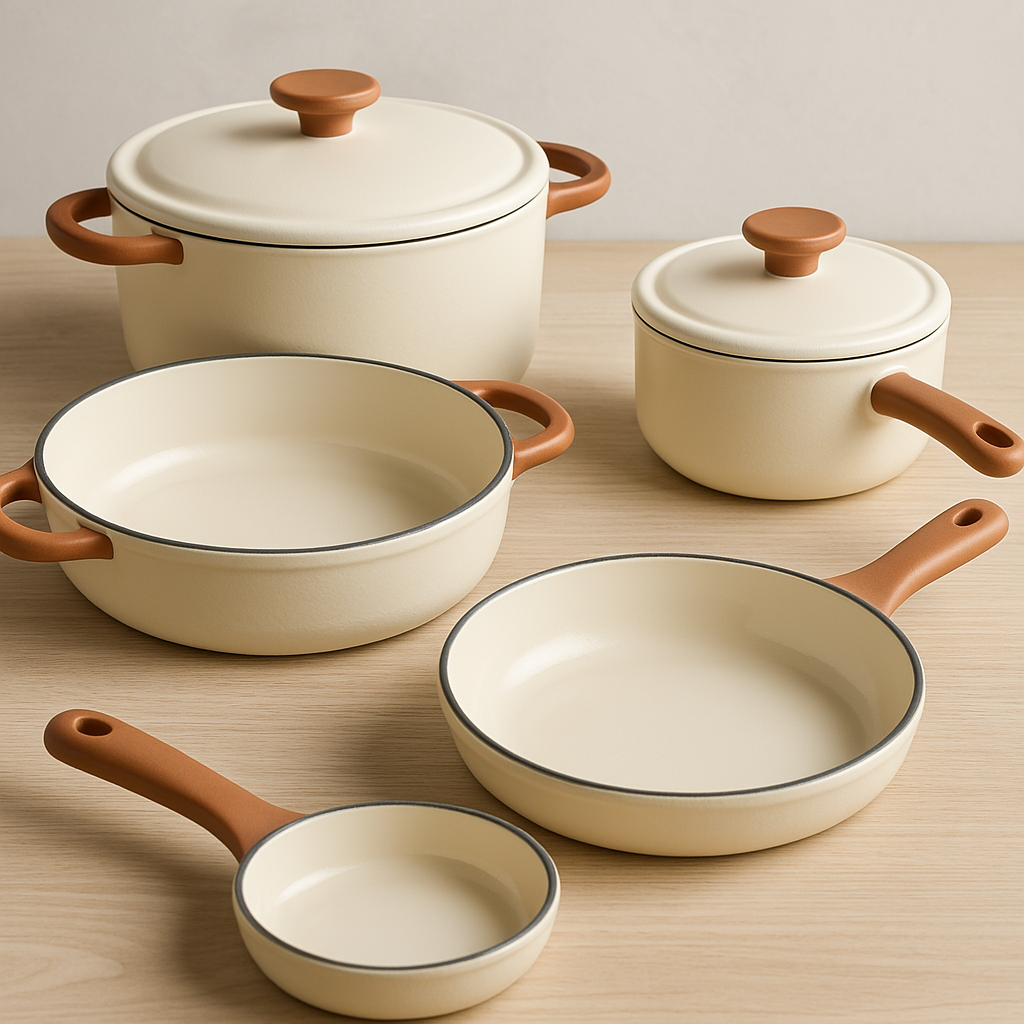
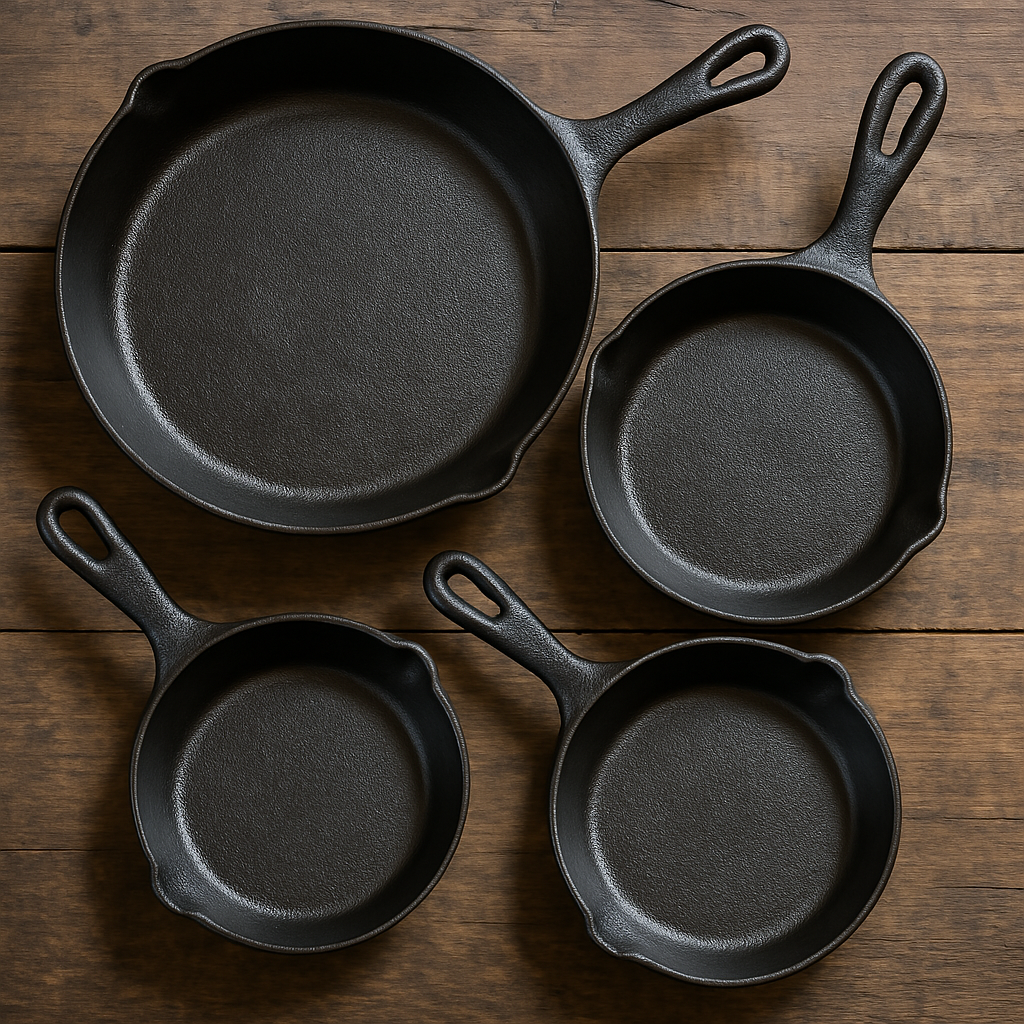
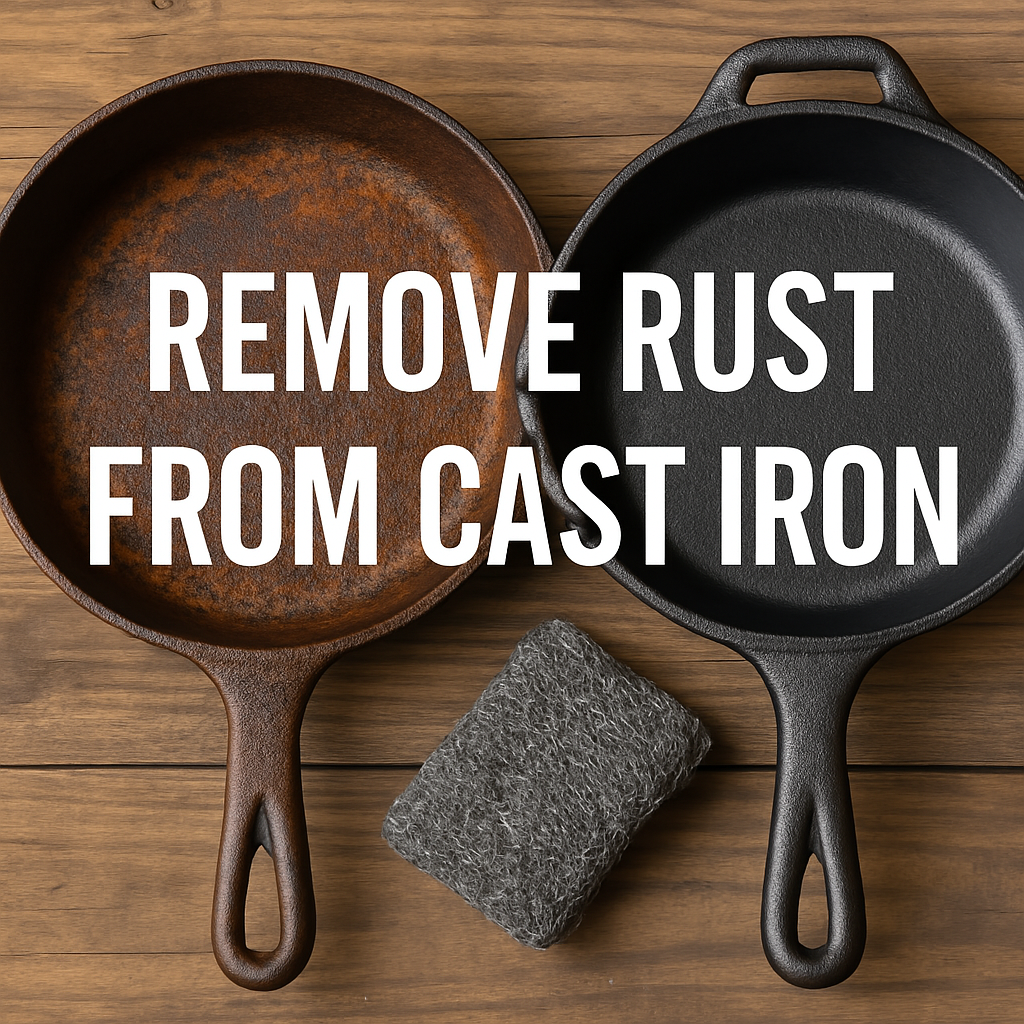
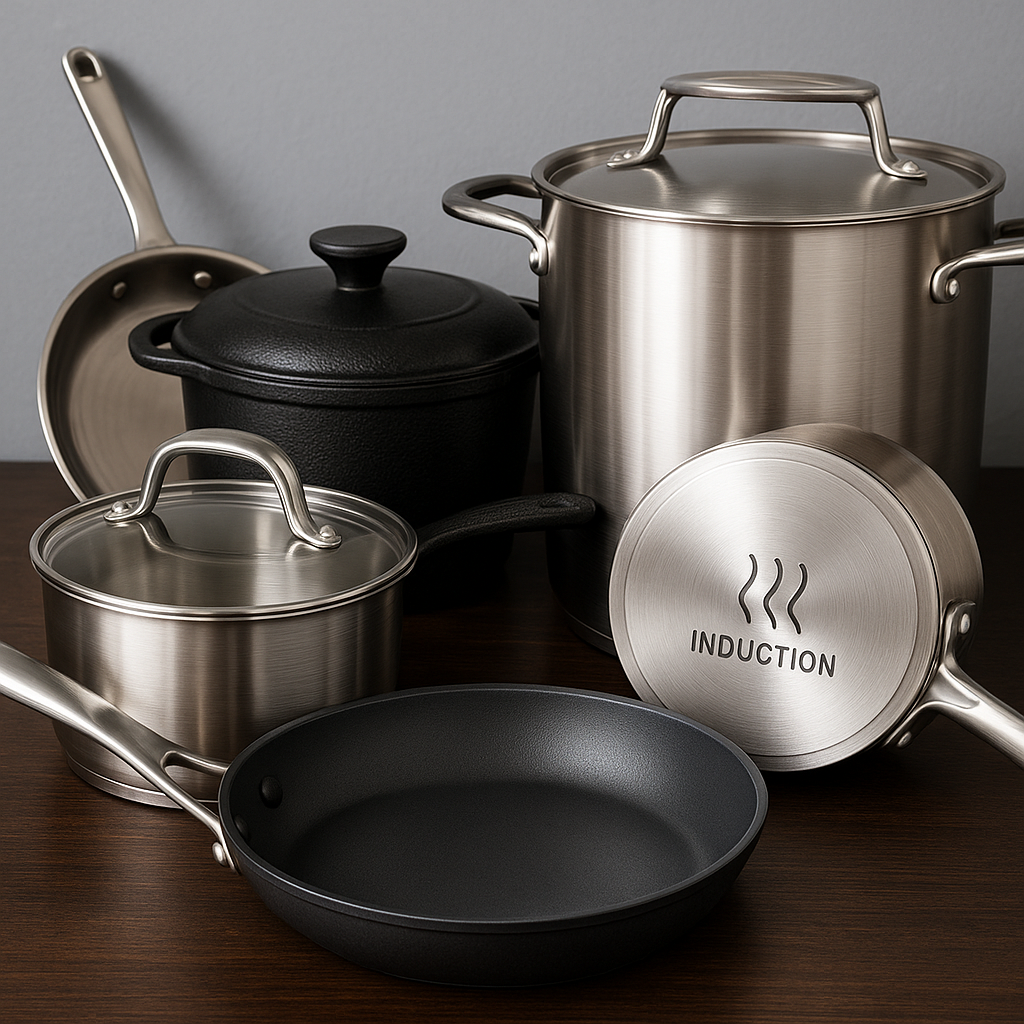
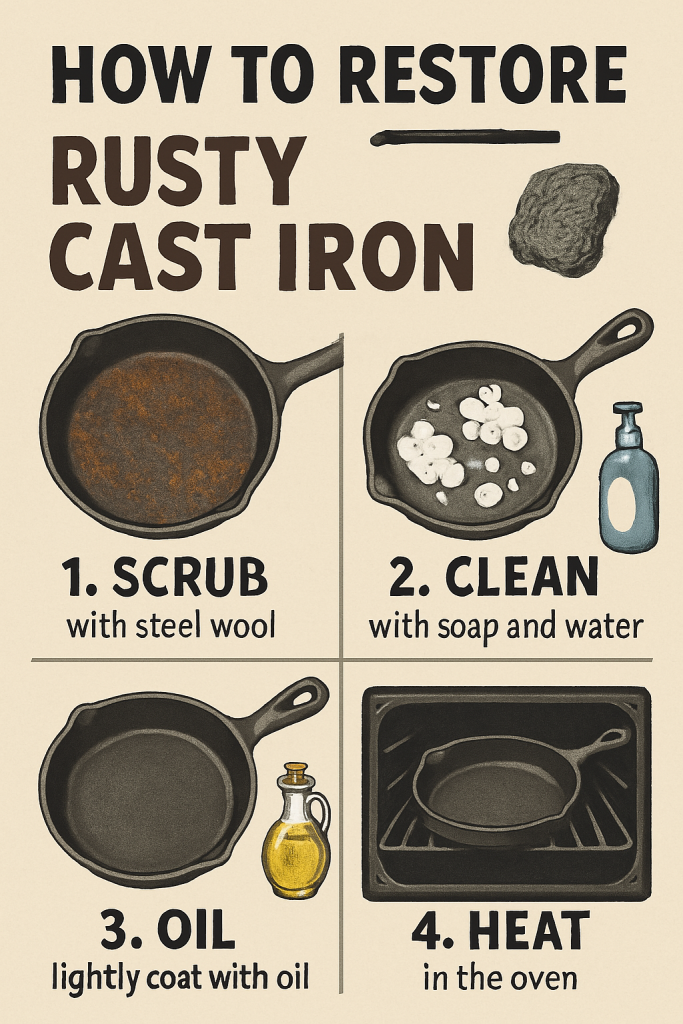
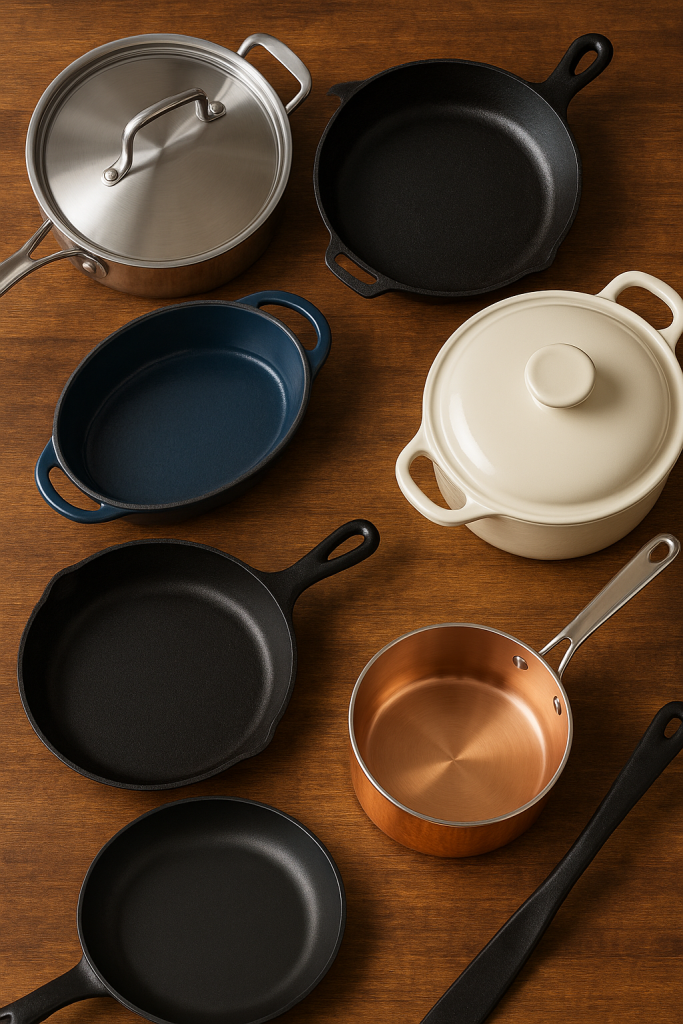
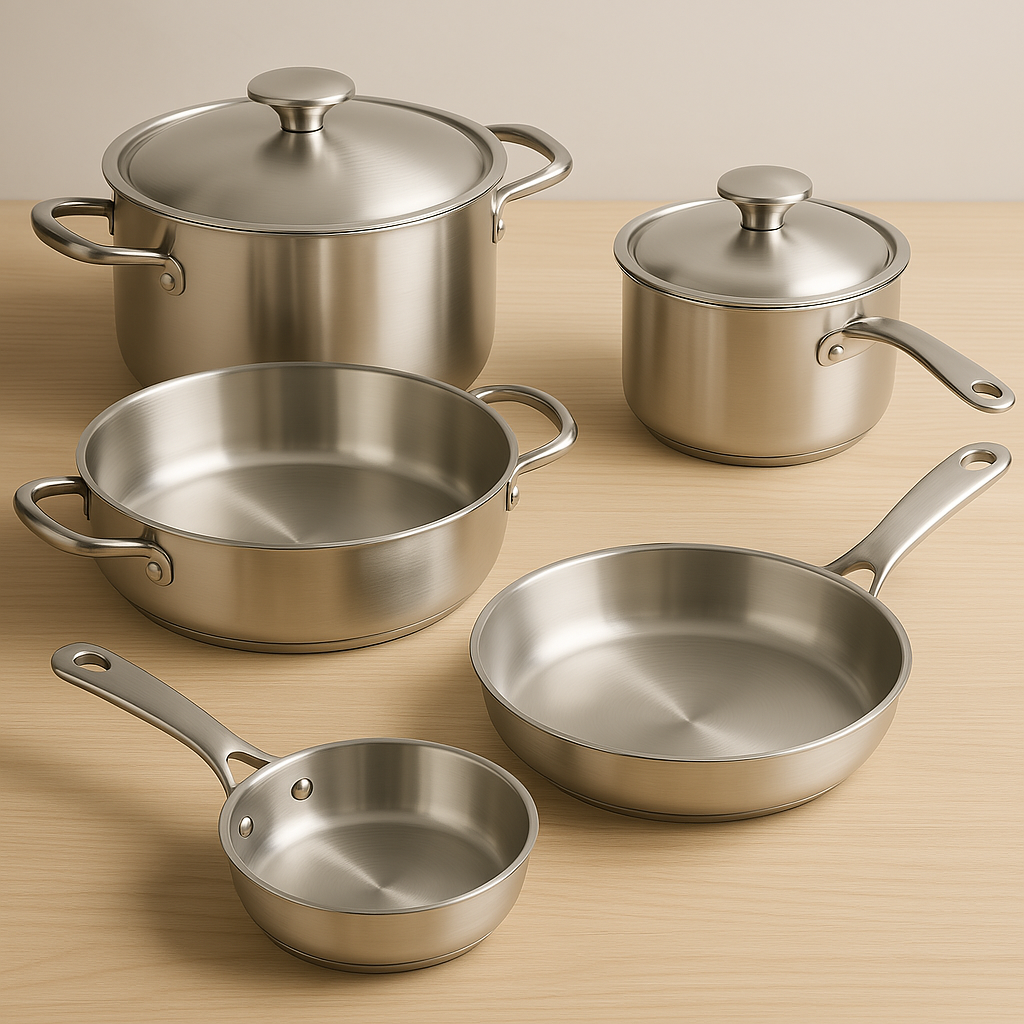
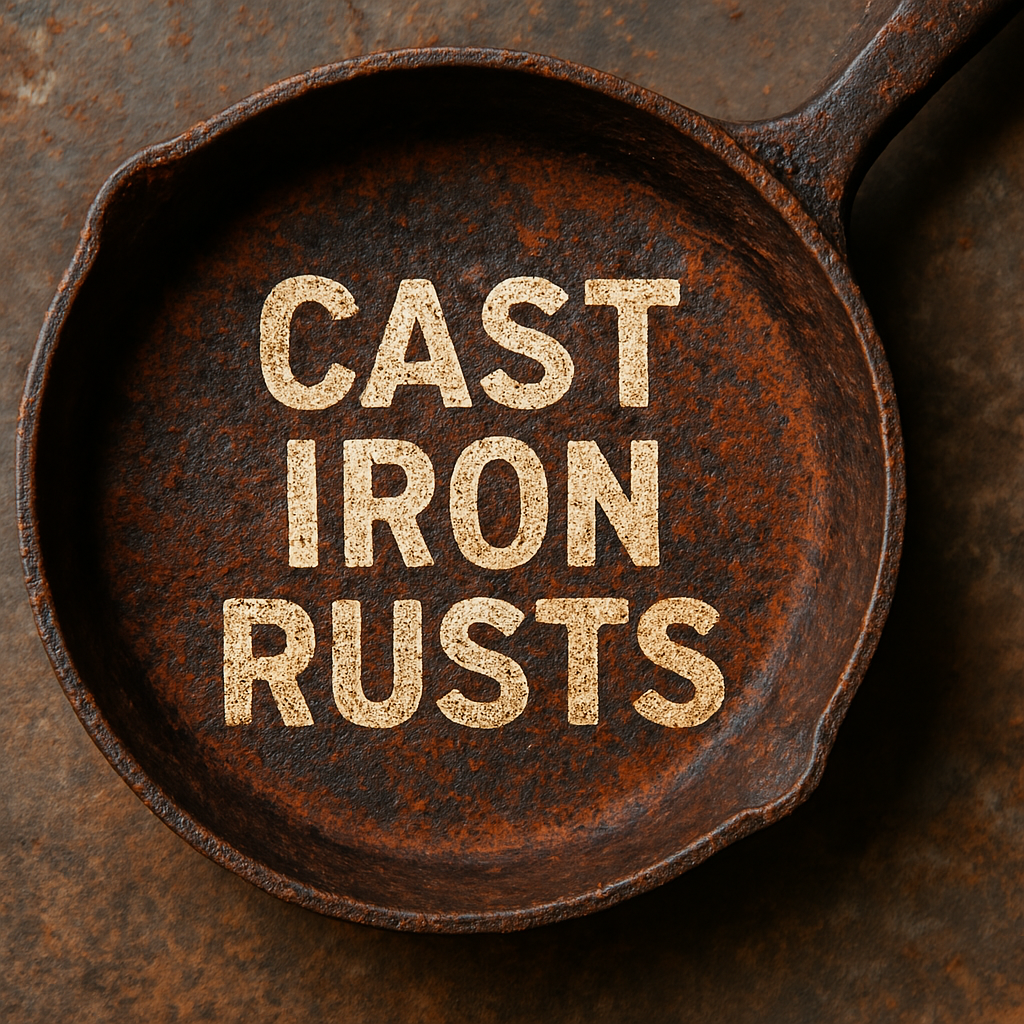
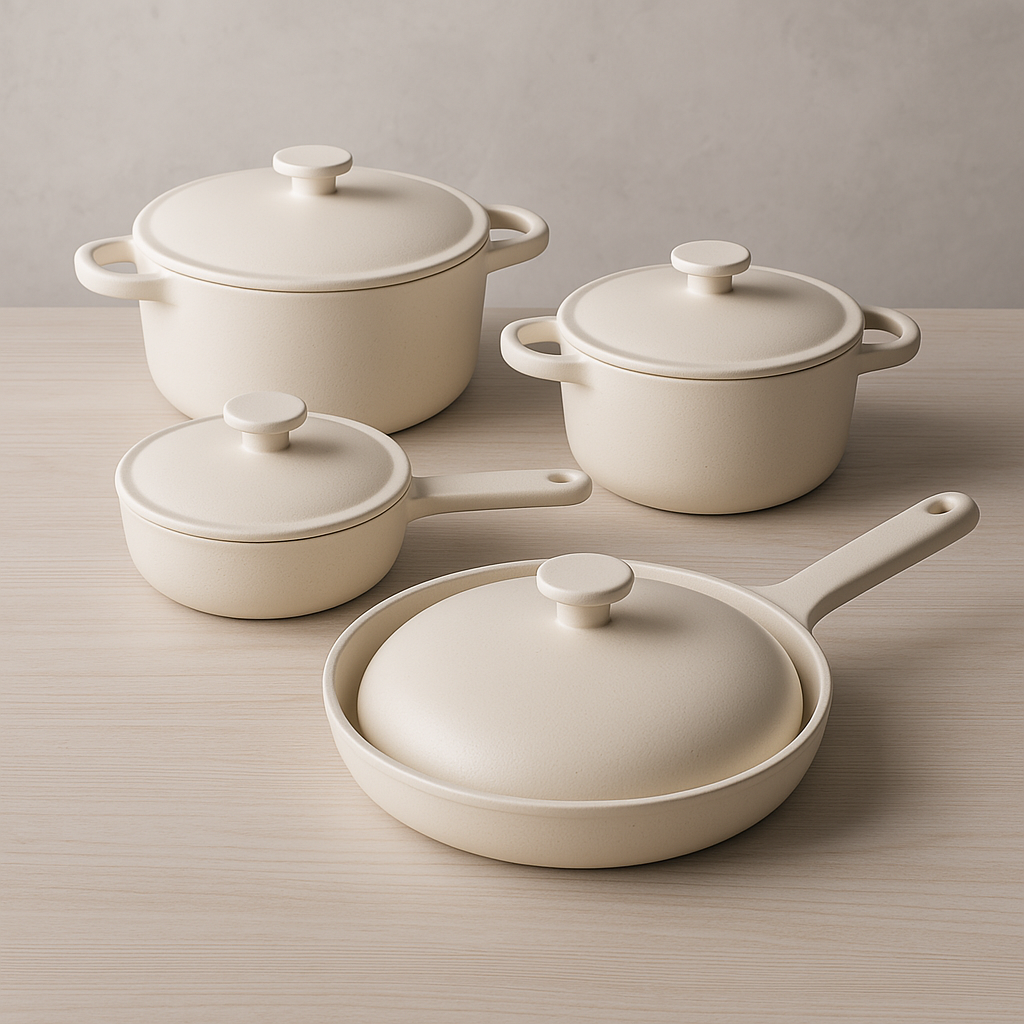
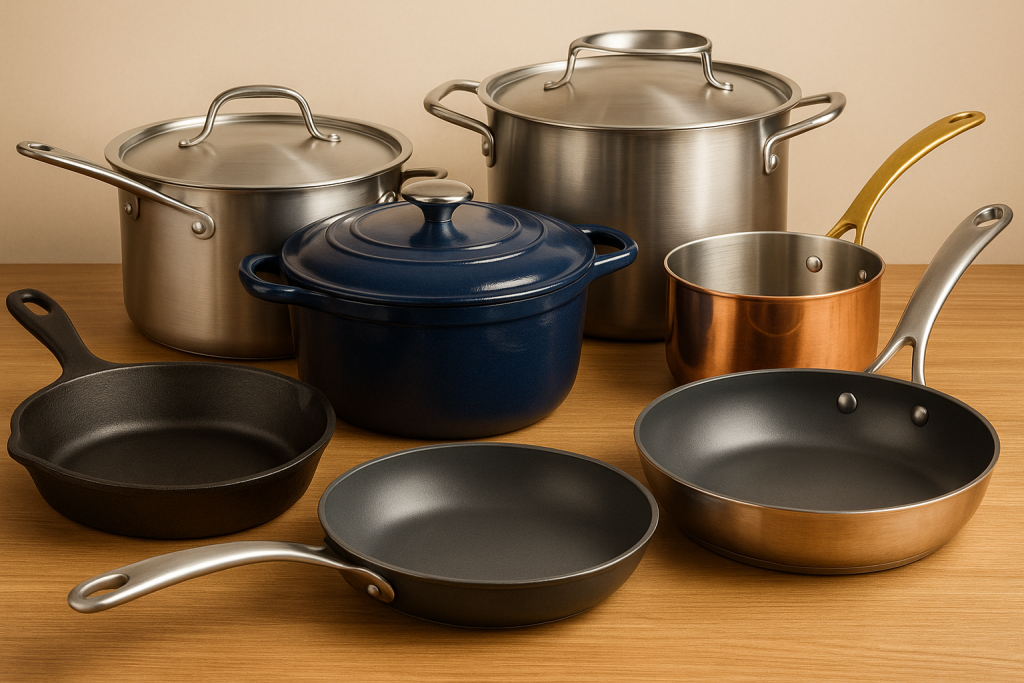
Leave a Reply